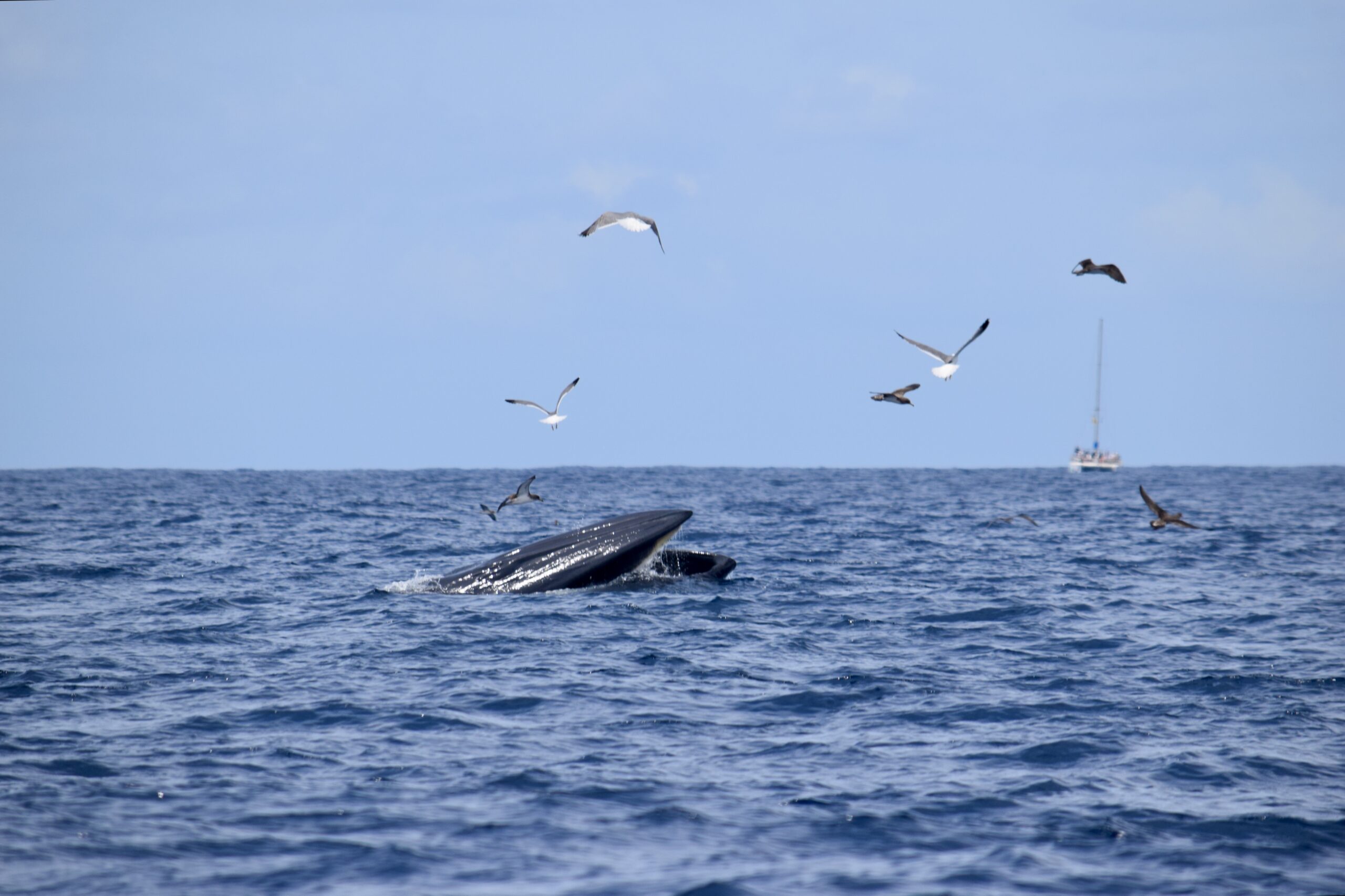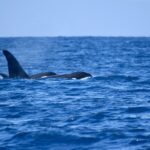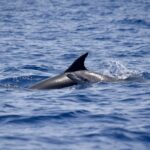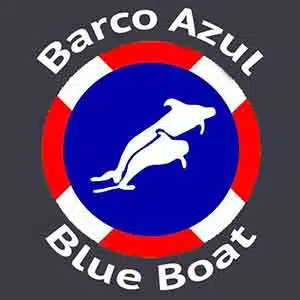Tenerife, the largest of the Canary Islands, is not only known for its climate and landscapes but also for being a key point along the migratory routes of various species of cetaceans.
Different types of whales and dolphins use the waters surrounding the island for various purposes during their migrations.
But what makes Tenerife such a special place for these marine mammals? In this post, we want to share the reasons behind this natural phenomenon.
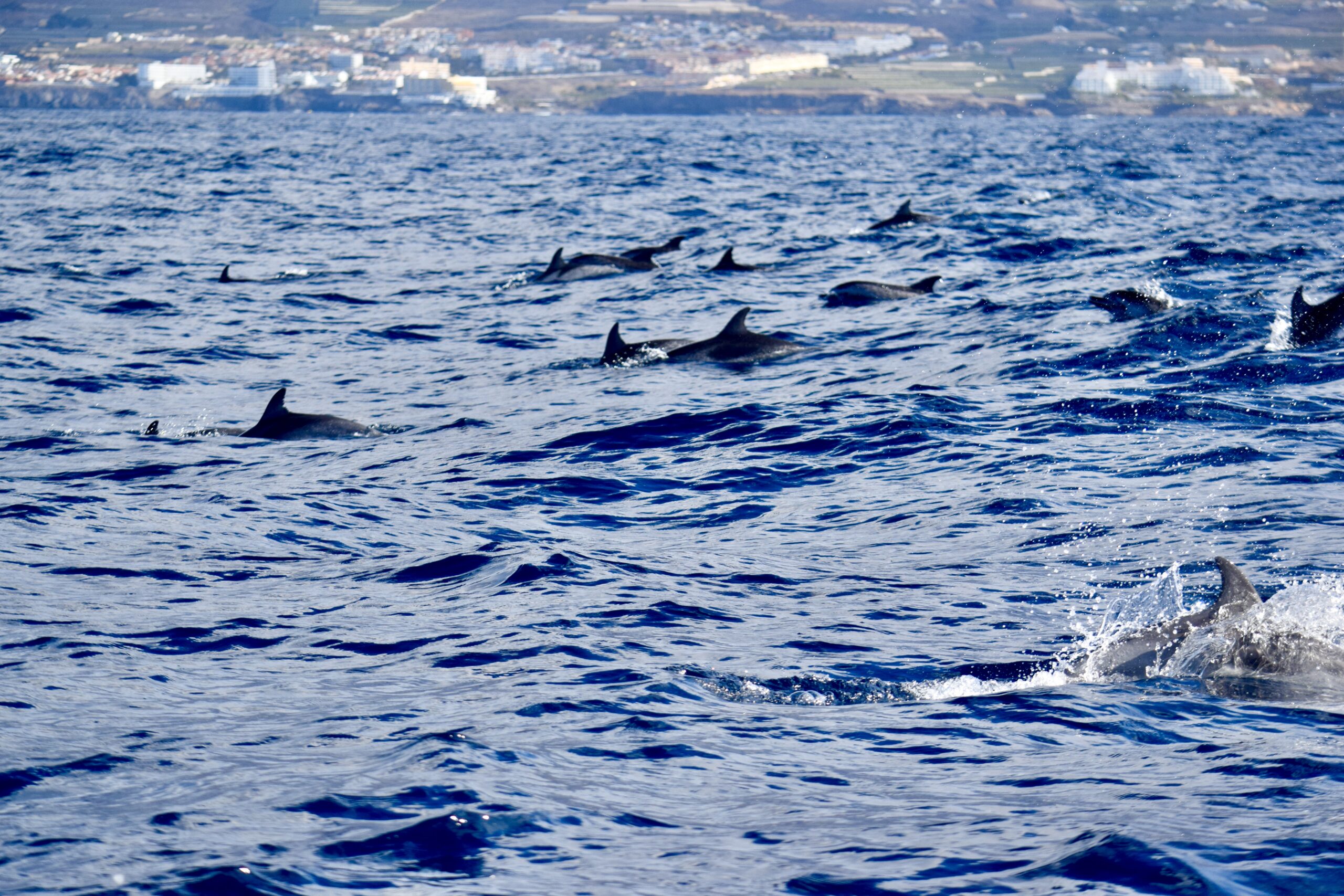
A Strategic Location in the Atlantic
The first thing to keep in mind is that Tenerife is situated in a privileged geographical location, in the middle of the Atlantic Ocean and between Europe, Africa, and the Americas.
This position makes the island a crossroads for many migratory species.
Ocean currents and water temperature are key factors that encourage the presence of cetaceans in the area.
The waters around Tenerife remain relatively warm throughout the year, creating an ideal environment both for migratory species and for those that live there permanently.
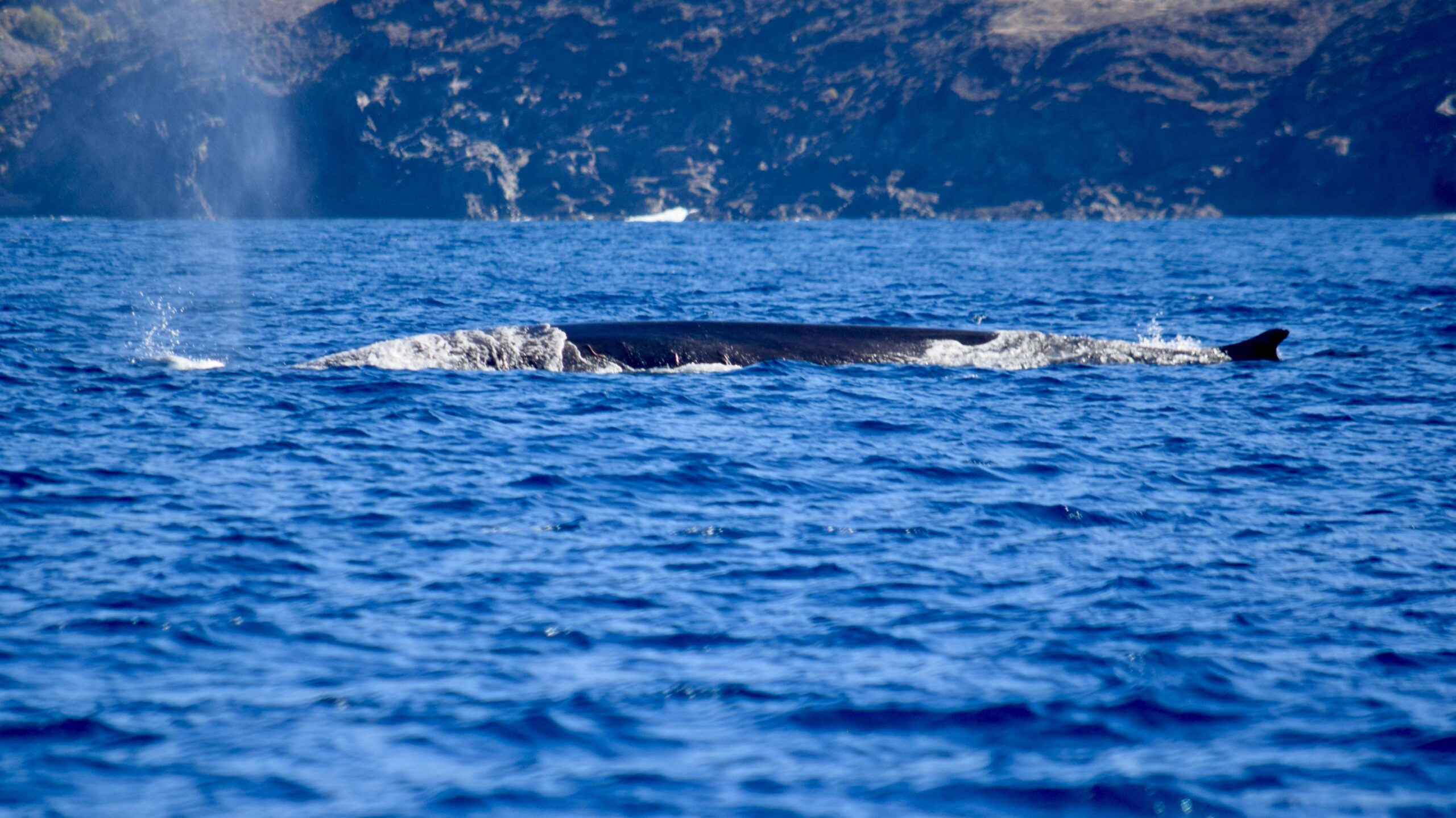
Abundance of Food
One of the main factors that draws these animals to Tenerife is the abundance of food.
The Canary Islands archipelago sits atop an underwater mountain range, which creates a nutrient-rich environment due to ocean currents that bring plankton and other marine species up to the surface.
This abundance of food attracts cetaceans during their migrations, as they need to replenish their energy reserves to continue their long journey. Tenerife is the perfect place for them to feed before moving on.
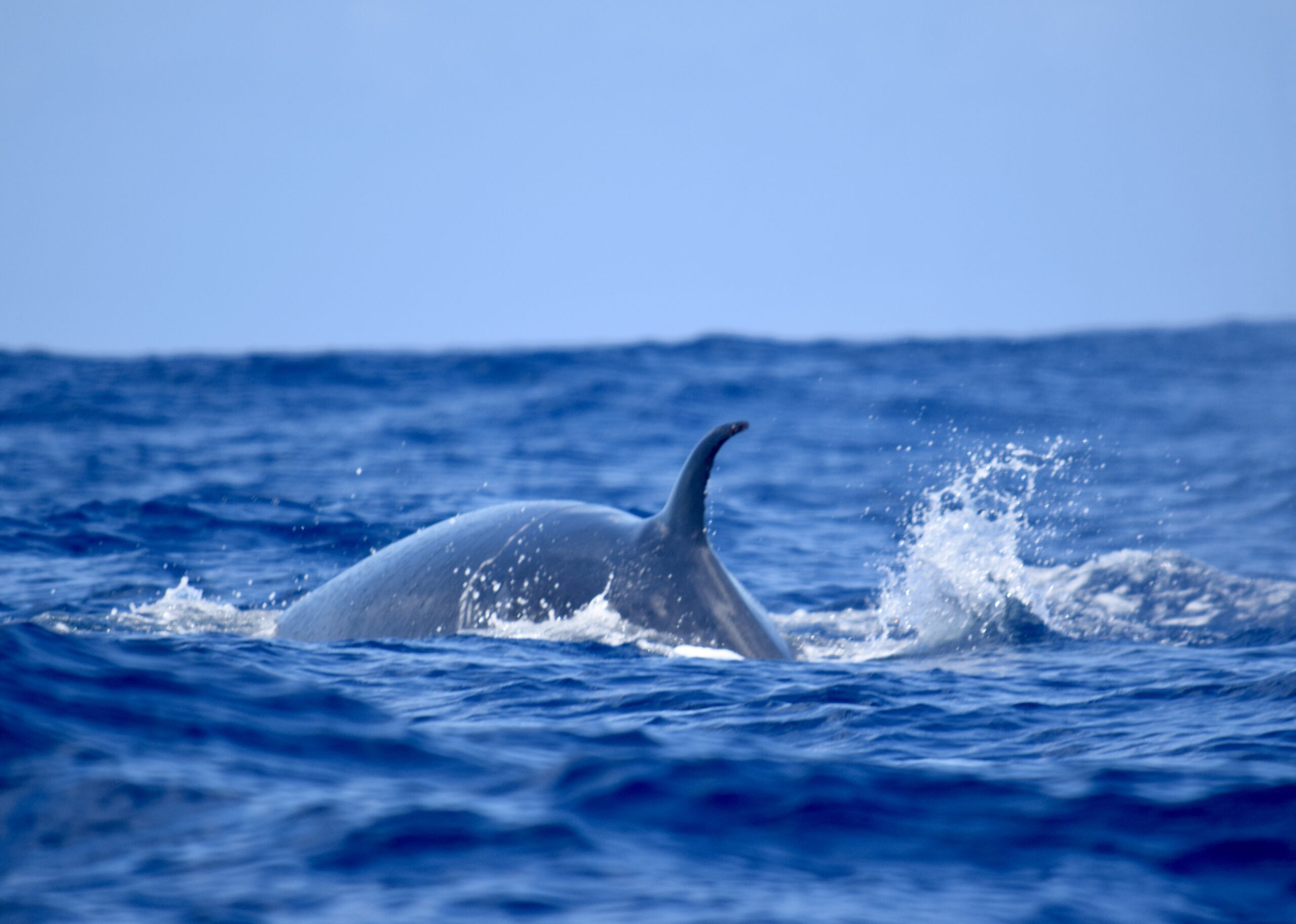
Migratory Species
Tenerife witnesses the migration of several cetacean species that, depending on the season, pass near its coasts.
Among the most notable migratory species are:
Tropical Bryde’s Whale: This is one of the most frequently spotted baleen whales in the area, as it moves between tropical regions and visits our island several times throughout the year. It uses the area to feed and rest.
Fin Whale: Another migratory species that visits Tenerife. It travels in large groups between the waters of the North Atlantic and its breeding grounds in the Caribbean and the Gulf of Mexico.
Striped Dolphins: These dolphins, recognizable by the distinctive lateral stripes along their bodies, migrate across the Atlantic Ocean and are commonly found in the waters around Tenerife during their journey.
 Booking
Booking
